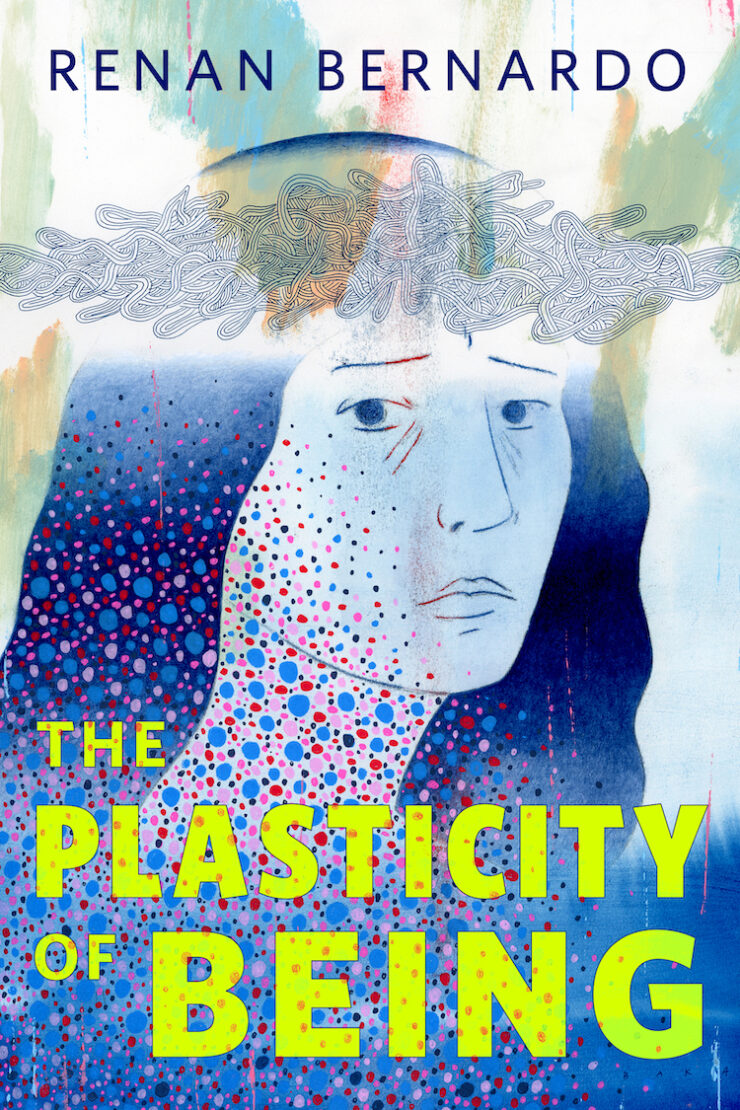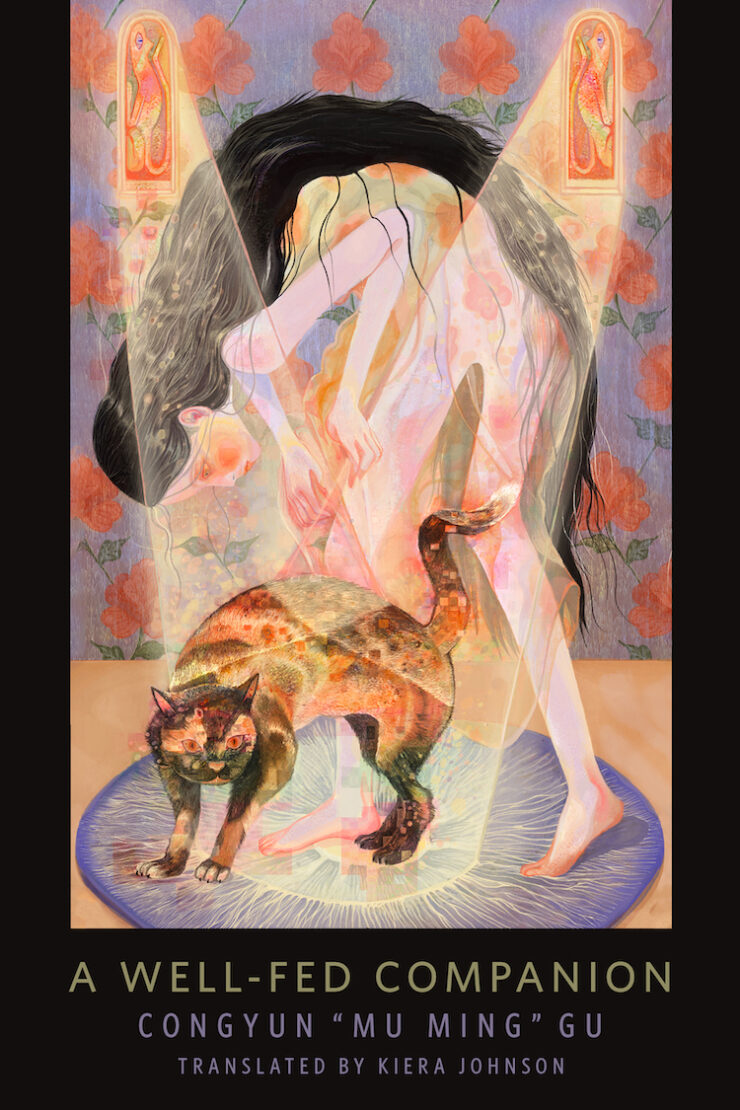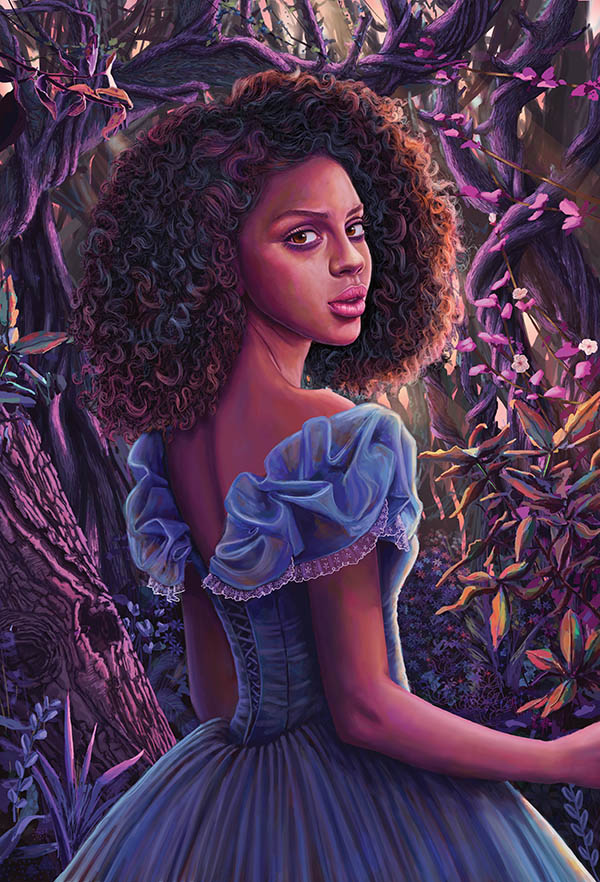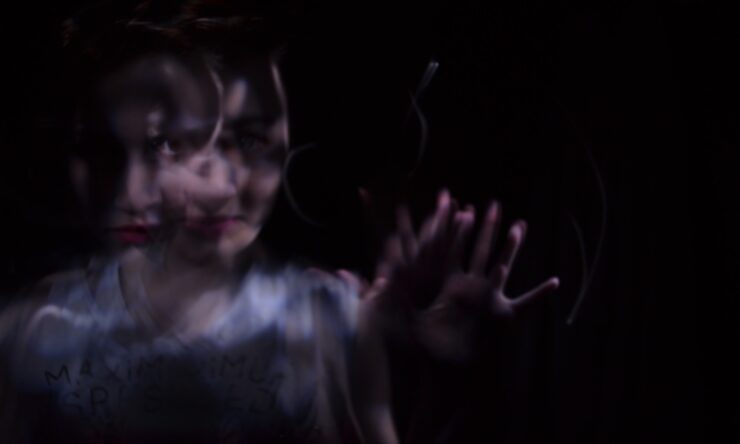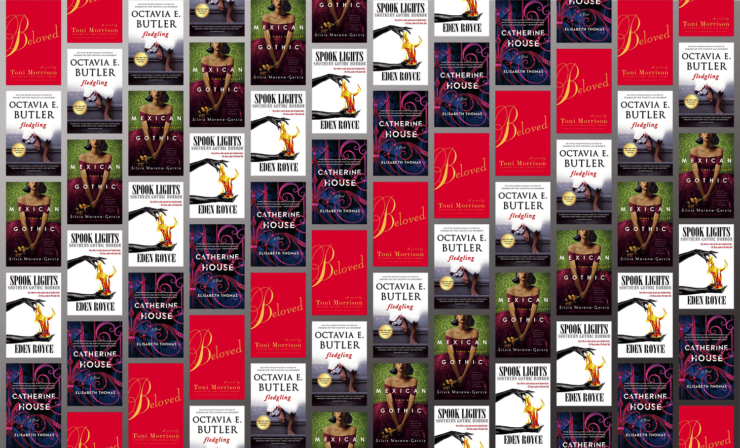Advertisement
Answering Your Questions About Reactor:
Right here.
Sign up for our weekly newsletter.
Everything in one handy email.
Not Until We Get a Turn: Retellings, Tropes, and Who Gets To Tell Stories
Latest from Kalynn Bayron
Showing 3 results
“You want stories?" Thom Merrilin declaimed. "I have stories, and I will give them to you. I will make them come alive before your eyes.”
Robert Jordan, The Eye Of The World

